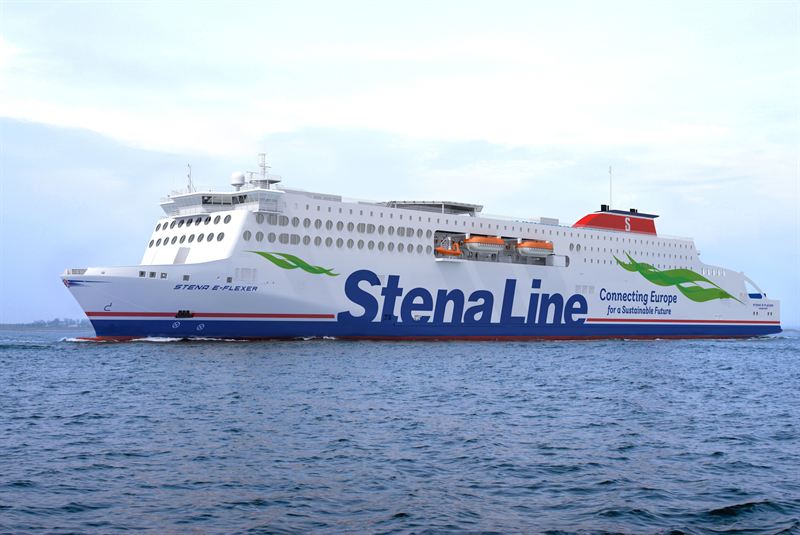Stena Line sustainability targets is paying off
Stena Line’s increased strategic focus on sustainability and environmental improvements over recent years is starting to pay off. Key measurement data has shown that fuel consumption and emission levels to the air and sea have both decreased. The results are contained in a new Stena Line publication, ‘A Sustainable Journey’ which also presents information on ambitious targets the company is setting for itself for a more sustainable future.

Reduced fuel consumption and carbon emissions are just examples of Stena Line’s efforts to achieve its vision of Connecting Europe for a Sustainable Future.
“We are one of the world's leading ferry companies with 27,000 departures per year on our 20 routes. Given the size and scale of our business, we are fully aware of our responsibility to operate in a sustainable way. Our belief is that a reduced environmental impact is also essential for long-term profitability. This is why sustainability is included as a central part of our strategy and why we have set ambitious sustainability targets”, said Stena Line's CEO Niclas Mårtensson.
Stena Line has extensive experience of investment in energy efficiency transport. The launch of the world's first methanol-powered ferry, Stena Germanica, in 2015 is a good example. To connect ferries to shore power when in port is another. However, these are only two examples of some 300 initiatives which Stena Line has implemented to reduce fuel consumption and emissions to sea and air involving the ferry company’s 35 vessels. A summary in the publication "A Sustainable Journey" shows that between 2013-2016 Stena Line managed to decrease fuel consumption by 6.5 % and carbon dioxide emissions by 6.2 % per nautical mile.
Stena Line is now setting course towards a more sustainable future. The sustainability focus is being targeted into four key strategic areas based on the UN global goals for sustainable development - Clean Energy, Sustainable Consumption, Life Below Water as well as Good Health and Well-Being. Within each focus area a number of specific and ambitious goals have been set for the short and long term, including:
- Clean energy…reduce carbon emissions per nautical mile by 2.5% annually and a total of 35% between 2010-2030.
- Sustainable consumption… replace disposable items and plastic bags onboard during 2017-2018.
- Life below water… halve the use of harsh chemicals by 2020 and completely phase them out by 2030.
- Good health and well-being… continuously reduce workplace accidents to the target 1.2 LTIF (Lost Time Injury Frequency) 2017.
“This gives us a strong foundation and signposts the direction for our sustainability efforts ahead. In the coming year, we will launch a number of major new projects primarily in the areas of clean energy and sustainable consumption. Tests with battery power on one of our ferries and biodegradable bags onboard are just two exciting projects in the pipeline”, says Erik Lewenhaupt, Stena Line’s Sustainability Manager.
In the Autumn of 2017 the construction of Stena Line's new RoPax vessels will start in China. The new ships are scheduled to be delivered between 2019-2020 and will be among the most fuel efficient RoPax vessels in the world. The new vessels will also be pre-prepared for gas, scrubbers and catalytic reduction systems.
"A Sustainable Journey" can be downloaded from:
http://www.stenaline.com/en-GB-corp/our-sustainable-journey
Stena Line, Göteborg
6 April, 2017
For more information please contact Erik Lewenhaupt, Head of Sustainability, phone no +46 704 855 188 or Jesper Waltersson, Press & Media Relations Manager, phone no +46 704 85 85 32.
Tags:


